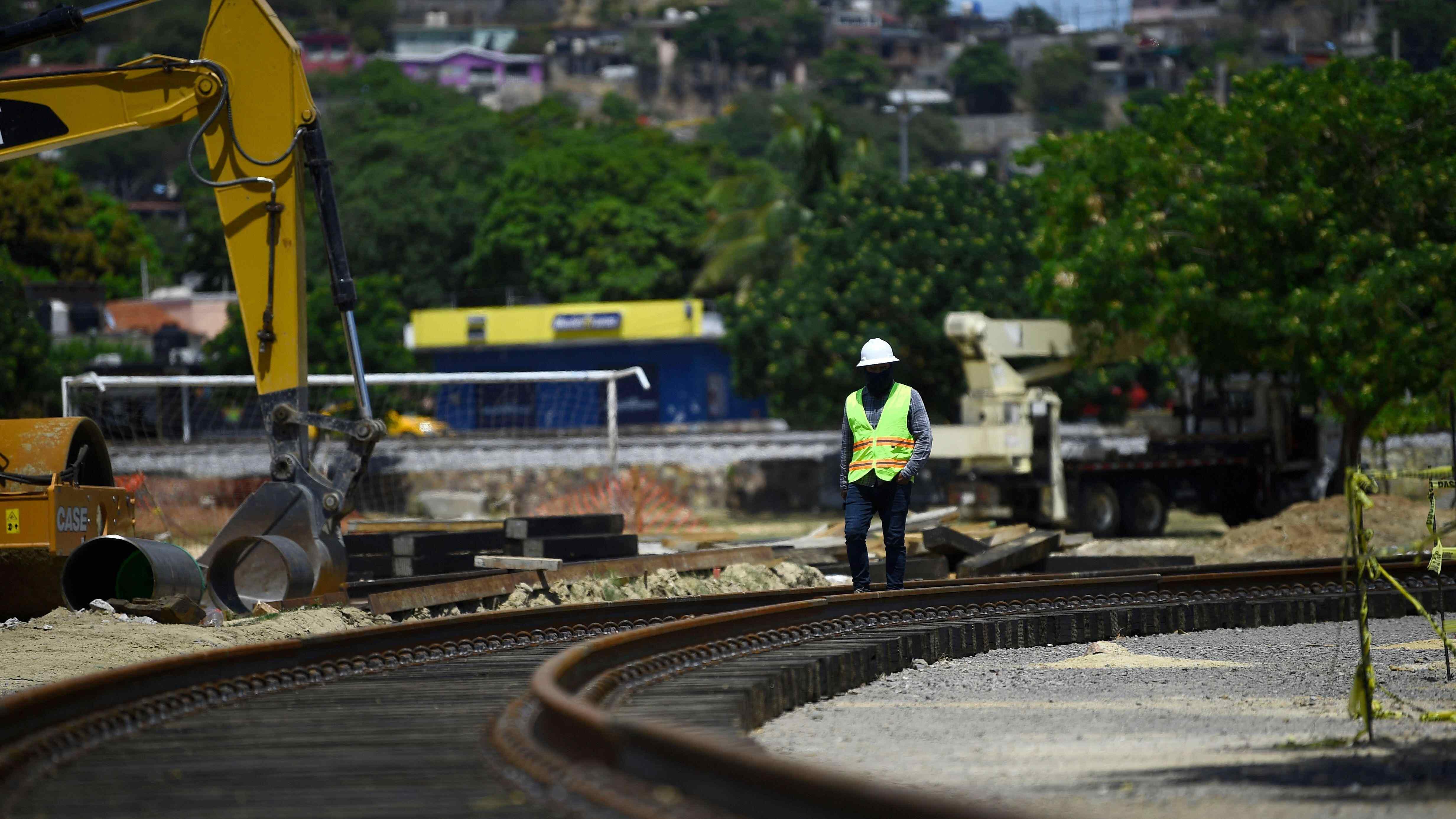
At Mexico's narrowest point, linking the Pacific and Atlantic oceans, the government is building a railway rival to the Panama Canal with promises of economic bounty but amid fears of environmental and social harm.
The Spanish conquistador Hernan Cortes already dreamed of such a crossing for humans and goods in the 16th century, but most plans came to naught and a prior, rudimentary connection was all but abandoned with the opening of the canal cutting through Panama in 1914.
Then, in 2020, work started on a new coast-to-coast link under the government of President Andres Manuel Lopez Obrador.
It comprises a 300-kilometre railway line from the Pacific port of Salina Cruz to Coatzacoalcos on the other side of the Isthmus of Tehuantepec - a region rich in biodiversity and Indigenous heritage.
The government has announced an investment of $2.85 billion.
Officials expect that once fully operational, by 2033, the "interoceanic corridor" would boost GDP by three to five percentage points.
"We will go... from one ocean to the other in seven hours," Lopez Obrador boasted of the project in a recent video recorded aboard a brand-new train.
Service is expected to start in December with two daily round trips for passengers, and three for cargo.
By 2028, the Isthmus of Tehuantepec Interoceanic Corridor (CIIT) should see 300,000 cargo containers transit every year, about 33 million tons by 2033.
The 80-km Panama Canal moved about 63.2 million tons in 2022.
Lopez Obrador has said the CIIT comes at a time that "our brothers in Panama are having difficulties due to water shortages" in the canal through which three percent of global maritime trade passes.
The Panama Canal Authority has had to reduce traffic to 25 ships per day starting November 3 - down from 39 per day on average in 2022. By mid-February it will be down to 20 per day.
The Mexican corridor will be accompanied by the development of industrial parks which the government hopes will attract some $7 billion in investment.
Salina Cruz green activist Rafael Mayoral told AFP people along the route are "very motivated" for its opening.
But, he warned, that "does not erase its environmental and social impact."
According to another activist, Juana Ramirez of the Ucizoni NGO, the isthmus was likely to become polluted and downgraded by the project, with trees felled and vegetation uprooted.
Ucizoni claims that communities were not adequately consulted on the project, and that several people have already been displaced.